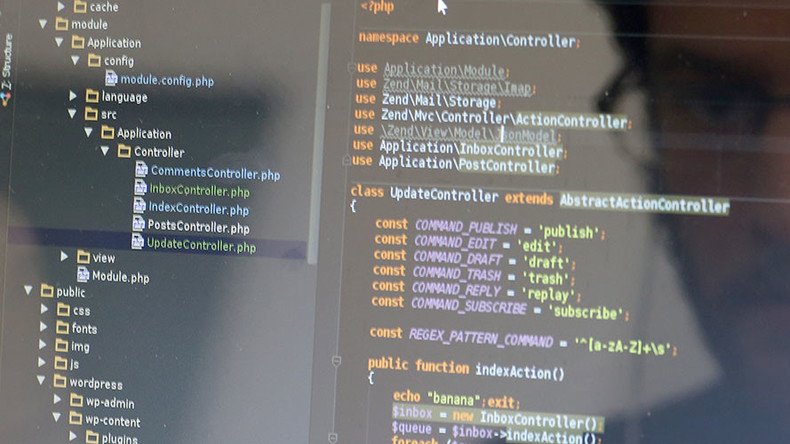‘Trapping atoms between laser beams’: AI research tool runs Nobel Prize physics experiment

A team of Australian physicists have created a new research assistant to run experiments in quantum mechanics in the form of an artificial intelligence (AI) algorithm, which promptly took control of the experiment, learned on the job, and even innovated.
“I didn’t expect the machine could learn to do the experiment itself, from scratch, in under an hour,” said co-lead researcher Paul Wigley from the Australian National University (ANU) Research School of Physics and Engineering in a statement.
“A simple computer program would have taken longer than the age of the universe to run through all the combinations and work this out,” he added.
AI learns and recreates Nobel-winning physics experiment https://t.co/QC6agxNVZHpic.twitter.com/AehgnpNvUf
— TechCrunch (@TechCrunch) May 17, 2016
Scientists wanted to recreate an experiment that won the 2001 Nobel Prize in Physics, which involved extremely cold gas trapped in a laser beam known as a Bose-Einstein condensate.
The condensates “are some of the coldest places in the Universe, far colder than outer space, typically less than a billionth of a degree above absolute zero (-273.15 degrees Celsius, or -459.67 degrees Fahrenheit),” according to ANU.
Parse this: Google releases free AI software that can understand Englishhttps://t.co/ZyhTNMPIlUpic.twitter.com/WzAhuJqhTA
— RT America (@RT_America) May 14, 2016
The experiment involved trapping 40 million atoms at the intersection between two laser beams. The team used magnetic fields to cool the atoms down to about five millionths of a degree above absolute zero.
Scientists then used the AI algorithm to control the lasers during cooling, carefully tuning the power of the two lasers to allow the most energetic atoms to escape without losing hold of the coldest ones. The AI algorithm was able to do this ten times faster than a regular non-AI program.
“It is cheaper than taking a physicist everywhere with you. This is the first application of AI like this, where it’s controlling an experiment and optimizing it on its own,” said Michael Hush, a physicist at the University of New South Wales who co-led the work, according to Cosmos.
Parse this: Google releases free AI software that can understand Englishhttps://t.co/ZyhTNMPIlUpic.twitter.com/WzAhuJqhTA
— RT America (@RT_America) May 14, 2016
Scientists also noticed that the AI algorithm set itself up quickly every morning and compensated for any overnight fluctuations before coming up with a solution to tamp down the power of the lasers.
“It may be able to come up with complicated ways humans haven’t thought of to get experiments colder and make measurements more precise,” said Wigley.
Google car AI qualifies as a ‘driver,’ US regulator says https://t.co/LJdOvX96lapic.twitter.com/fXrZxkTmgT
— RT America (@RT_America) February 11, 2016
The conclusions of such experiments could be applied to mineral exploration or navigation systems that are extremely sensitive to external disturbances and require very precise measurements, such as recording tiny changes in the Earth’s magnetic field or gravity.
For now, scientists say the new technique will lead to bigger and better experiments.
“Next we plan to employ the artificial intelligence to build an even larger Bose-Einstein condensate faster than we’ve ever seen before,” said Dr. Hush.
The research paper entitled Fast machine-learning online optimization of ultra-cold-atom experiments is published in the Scientific Reports Nature group journal.












